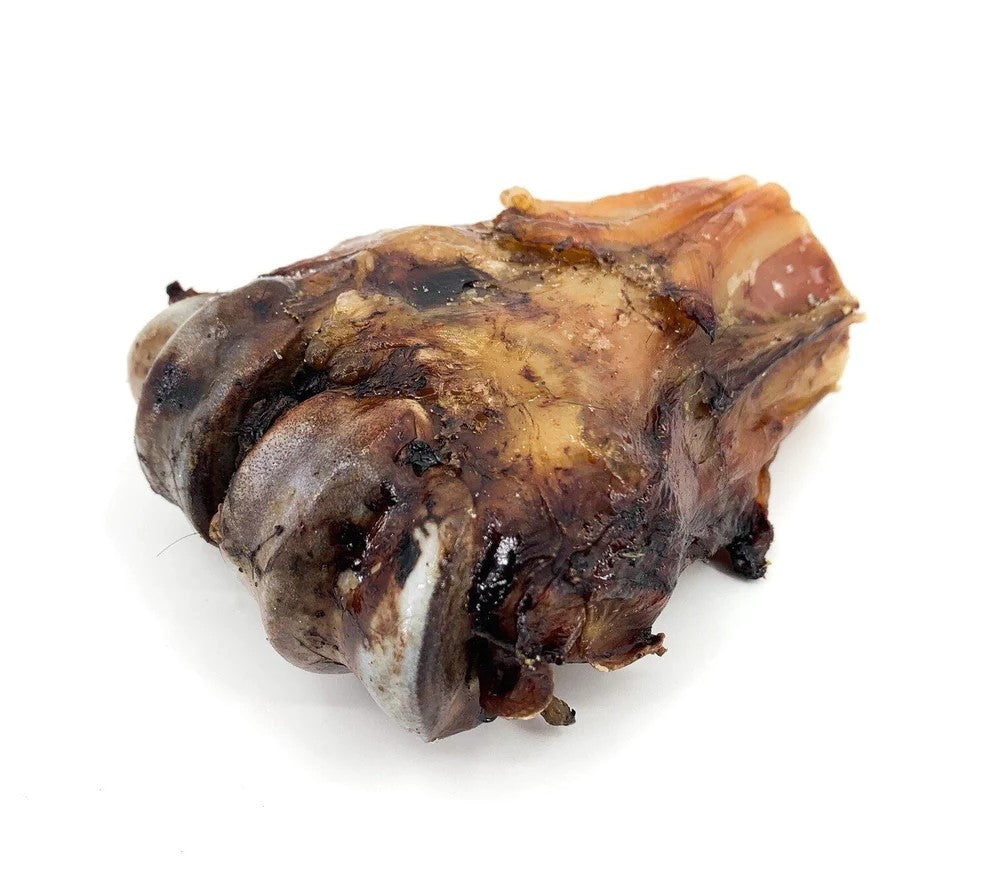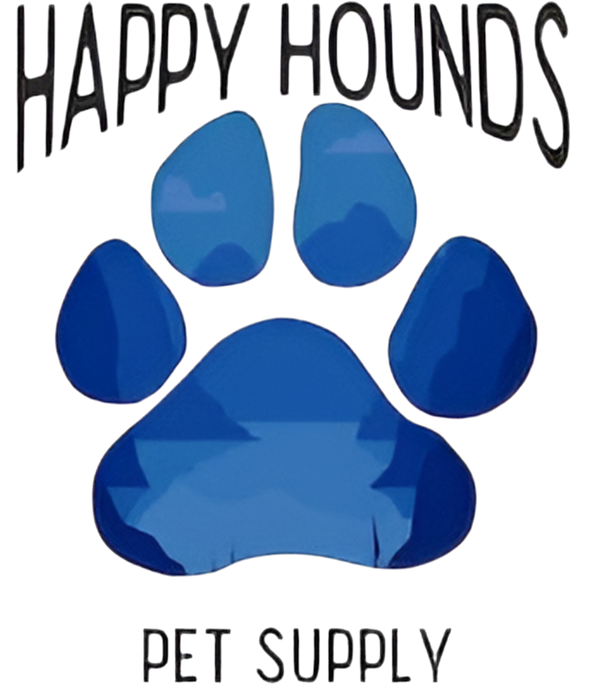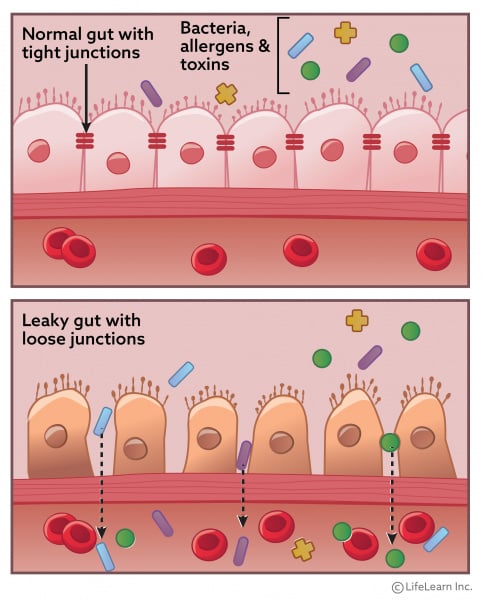
Let's Talk About the Itch
Julie JohannesShare
It is distressing to see our pets biting at and licking themselves constantly in hope of some relief from their itchy skin. Is it yeast that is causing this problem? Let's take a deeper look into the common symptoms of yeast and what we can do about it.
If yeast is the problem, these are some telltale signs:
• Skin redness or itching
• Sticky or yellow/green discharge
• Sores
• Hair loss
• Bad smell (could smell like baked bread or corn flakes) and greasy hair (seborrhea)
• Thickening skin
• Crusty, flaky skin
• Recurring ear infections and head shaking
• Chewing or licking the feet
• Dark rusty-red hair between the toes
• Black skin (often with hair loss)
• Speckles on the underbelly
• Hair loss on the tail and upper back
• Grayish or rust color around the genitals
• Diarrhea
Whether or not your pet has any of the above symptoms, we recommend a Glacier Peak Wellness Life Stress Scan to determine the root cause of the issue. Whether it is digestive, itching, lethargy, depression, or something else, this test can help you narrow down what is going on in your pet's body. Simply switching foods can resolve a lot of problems when you know what to avoid.
IF YEAST SYMPTOMS ARE PRESENT:
Adored Beast's Yeasty Beast Protocol can be an effective way to eliminate stubborn itching caused by yeast. The effectiveness of the Protocol depends on how severe the yeast overgrowth is. The worse or higher number of symptoms, the more work will need to be done to remove the yeast. Adored Beast recommends in cases where itching continues after the protocol has been completed (and yeast has been determined as the culprit) that you repeat the protocol again. If you used up some of the products in the protocol, you can always purchase them individually.
After the second round of the protocol, yeast issues should be cleared up. Keep the gut strong by rotating probiotics. For example, my recommendation would be to start with Adored Beast’s Gut Soothe and then Healthy Gut, moving on to Love Bugs, and finally Glacier Peak’s ProBio. Finish each bottle before starting the next one. Once this cycle of probiotics is complete, you can opt to rotate between Healthy Gut, Love Bugs, and ProBio. If you find there is another pet probiotic brand that works well, add it into the rotation but be careful to look for fillers (cellulose, rice flours, maltodextrin, etc.) and ensure at least a couple of probiotic strains are present to keep a diverse range of gut flora active. Always refrigerate probiotics to slow the rate of die off that naturally occurs with a living product over time.
MY DOG IS STILL ITCHY, NOW WHAT?
If, after a second round, your dog is still itchy, the situation could be leaky gut. The intestinal cell wall is like a cheese cloth. Yeast adheres to the cell walls and begins to penetrate, breaking down the cellular structure and moving deeper into the cells until it finds its way through, ultimately causing leaky gut. This allows other forms of bad bacteria to disperse into the system rather than moving out through elimination.
Here is an illustration of a normal intestinal cell wall and a leaky gut cell wall (photo credit: VCAHospitals.com)
In the most severe cases of yeast, we recommend Adored Beast's Relief Protocol. This would involve a ten-week process as follows:
2 Weeks
Yeasty Beast Protocol
2 Weeks
Fido's Flora
2 Weeks
Leaky Gut Protocol (powders at ½ dose)
2 Weeks
Fido's Flora
2 Weeks
Yeasty Beast Protocol
Maintain Liver Tonic & Phyto Synergy daily throughout the entire process. Repeat the protocol as necessary until symptoms have alleviated.
IF NO YEAST SYMPTOMS EXIST:
If you aren’t seeing any of the symptoms listed above, yeast is probably not the cause of the itching. You could simply add a high dose immune booster for 10 days (Glacier Peak’s Peak Immune or Adored Beast’s Phyto Synergy are excellent options), add a fish oil supplement if you haven’t already, and give your pet a deep external wash with any shampoo for allergy relief to help them through the issue. Also give your pet a good brushing to stimulate the hair follicles so that they help promote natural oils to move away from the skin and down the shaft of hair. This also provides the benefit of a healthy glowing coat!
Ideally, once the itching is resolved, continuing with a raw or lightly cooked high quality pet food should prevent any future yeast developments. Reduce the number of starches – a starch is what makes dry kibble and treats stick together into their forms (i.e., bone shaped biscuits, dry kibble diets, jerky treats made with rice, pea, or potato). And no, dogs do NOT need kibble or crunchy biscuits to help with their teeth. If starch is present, it will actually CAUSE plaque buildup. See our article Dry Dog Food and The Myth of Cleaner Teeth.
My Plott Hound, Bisou, has been to the vet four times in her nine years: her initial spaying, a foxtail seed in her ear canal, and a torn toenail and a broken tooth. She has been raw fed since we adopted her and rarely gets an itch that isn't easily resolved with an extra raw egg, boost of fish oil or some peak immune in the spring when the pollen flies. Her teeth are beautifully white, her coat is shiny and as soft as velvet and her joints are as flexible as the day we got her at 1 year of age.
Our newest addition, Stewie, is now 3 years old and came to us with a host of problems, including itchy skin. A Glacier Peak Wellness test was performed to rule out his food sensitivities and then he was switched to a raw diet. All of his symptoms have disappeared and he is now a happy and vibrant husky/lab mix.
If only we gave our own bodies the level of care and concern we want for our pets....what a happy and healthy world this would be!


